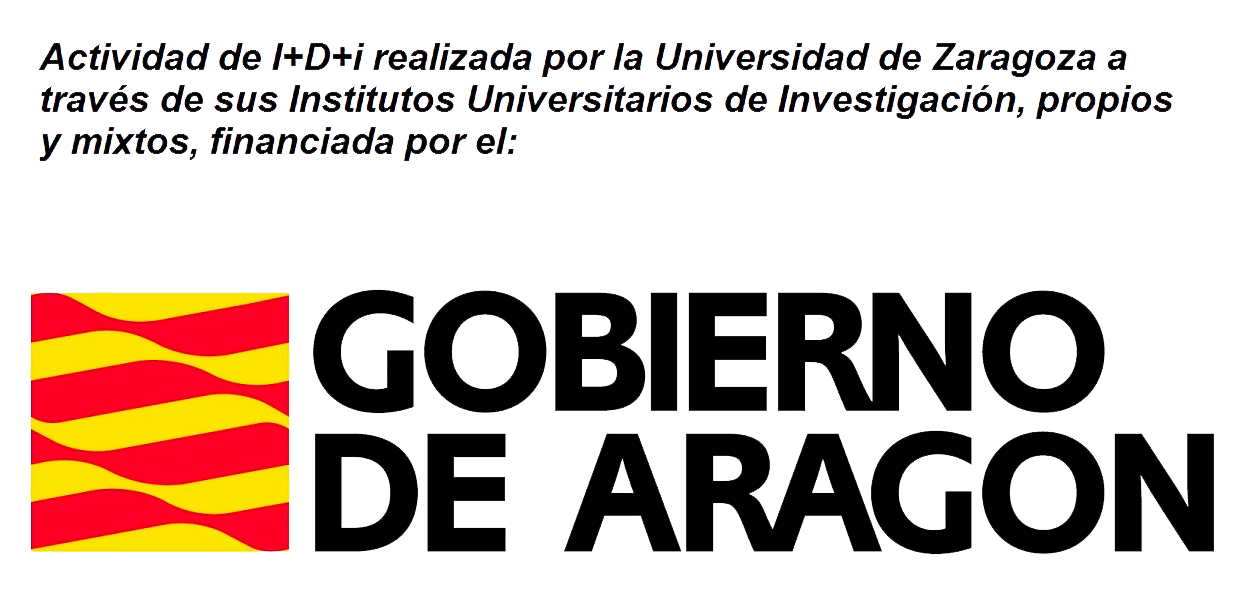Javier García Nafría publishes advances in the research of a new therapeutic target for Parkinson’s disease that opens new avenues for improving treatments
 Nature Communication publishes this research led by Javier García Nafría ‘s group , at BIFI- Unizar , in collaboration with the National Institute of Health NIH (USA) and the University of Southern California
Nature Communication publishes this research led by Javier García Nafría ‘s group , at BIFI- Unizar , in collaboration with the National Institute of Health NIH (USA) and the University of Southern California
The work, in which researchers Sandra Arroyo and Ángela Carrión (BIFI- Unizar ) participated, could serve as a model to improve treatments for other diseases.
This research team, led by Javier García Nafría has deciphered at the atomic level a therapeutic target for Parkinson’s treatments, finding how a new type of drugs can be used to gain pharmacological selectivity between dopamine receptors . These receptors, where Parkinson’s and schizophrenia treatments act, are one of the most difficult cases of pharmacological distinction , and where there are no selective drugs.
Nature Communications publishes the article “A bitopicagonist bound to the dopamine 3 receptor reveals a selectivity site”, and echoes this finding in which the BIFI- Unizar researchers Sandra Arroyo (main author) and Ángela Carrión participated, in collaboration with research groups from the National Institutes of Health NIH (USA) and the University of Southern California.
Results and significance of the study
Dopamine receptors are proteins located on the surface of neurons. These receptors detect the neurotransmitter dopamine and, based on this, regulate motor and cognitive activities.
There are more than 20 drugs in the clinic that act through these receptors, including those for the treatment of Parkinson’s and schizophrenia . However, these drugs have a high degree of promiscuity, that is, they act through several different proteins, potentially generating unwanted side effects . The development of selective drugs (acting through a single dopamine receptor), especially of the D2 R and D3 R types (the main targets for Parkinson’s and schizophrenia treatments) is a long-term pharmacological challenge.
These drugs, called “ bitopic ,” result from chemically linking two drugs in the same molecule, where one acts on the traditional part of the receptors (the same site of the receptor used by drugs to treat Parkinson’s), and another part of the molecule acts on a new region of the receptor, which confers pharmacological selectivity. The study uses high-resolution cryo-electron microscopy to decipher at the atomic level how these new drugs fit into the dopamine receptor, discovering a new region in these proteins until now not used in drug design .
This finding is now being exploited by the research team for the development of selective drugs.
The work has the potential to lead to better treatments for Parkinson’s, although these are early-stage advances and the results will be seen in the long term if they are successful. In addition, being the first of its kind to be “observed” it could serve as a model to improve treatments for other diseases . In fact, dopamine receptors belong to the family of proteins called “G protein-coupled receptors”, through which more than a third of all drugs in the clinic act, including treatments for HIV, allergy, asthma, cardiovascular problems, or neuropathologies already mentioned. Therefore, this study could serve as a reference system to develop more selective drugs for other treatments.
This project has been made possible thanks to funding from the Ministry of Science and Innovation (PID2020-113359GAI00), the Ramón y Cajal program (RYC2018-025731-I), the European Regional Development Fund and pre-doctoral contracts from the General Council of Aragon (DGA).
Citation :
“A bitopic agonist bound to the dopamine 3 receptor reveals a selectivity site”.
Arroyo-Urea S, Nazarova AL, Carrión-Antolí Á, Bonifazi A, Battiti FO, Lam JH, Newman AH, Katritch V, García-Nafría J. Nature Communications. 2024. Link to the article: https://www.nature.com/articles/s41467-024-51993-4
Background
The research group “ Signal transduction and therapies in membrane proteins ” ( https://sites.google.com/view/signal-transduction-lab/ ) is located at the Institute of Biocomputation and Physics of Complex Systems (BIFI- Unizar ) and also belongs to the Advanced Microscopies Laboratory (LMA). The group, led by Javier García- Nafría (Ramón y Cajal Researcher) and to which Sandra Arroyo Urea and Ángela Carrión Antolí belong (involved in the present study), studies mechanisms of dopamine receptor modulation.
The research has the potential to improve treatments for neuropathologies such as Parkinson’s disease or schizophrenia. To do this, they use single-particle cryo-electron microscopy as a tool. This technique consists of taking high-resolution images of isolated proteins (using specialized high-end microscopes) with which three-dimensional reconstructions can be made at the atomic level (using high-performance computing) and observe how drugs act and modulate the body’s proteins. Advances in this technique led to the Nobel Prize in Chemistry in 2017, partly developed at the MRC Laboratory of Molecular Biology (Cambridge) where Javier García Nafría worked for eight years studying neuronal surface proteins and publishing his results in prestigious journals such as Nature , Cell or Science .
The research group is ideally located at BIFI and LMA, which house a high-performance computing cluster , cutting-edge biophysical techniques and advanced microscopy.

In this image, the authors of the article: Angela Carrion Antolí, Sandra Arroyo Urea and Javier Garcia Nafria .










